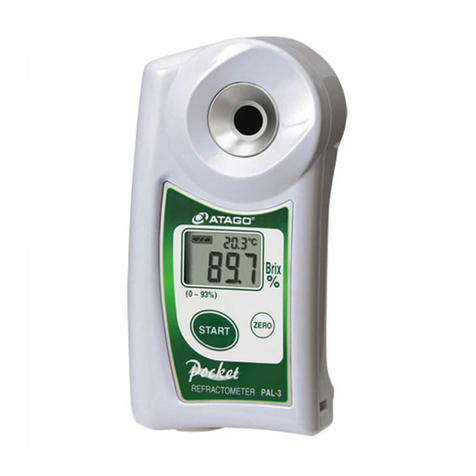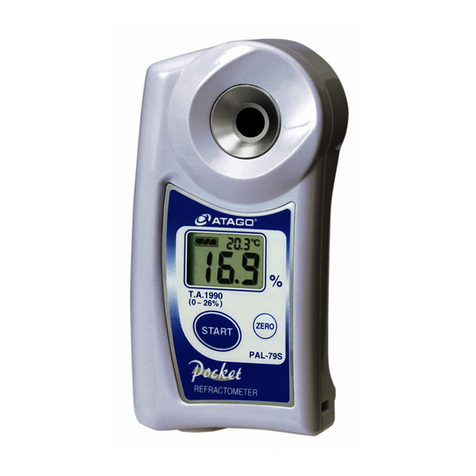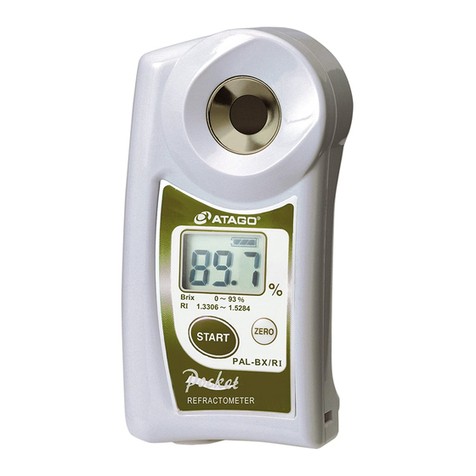ATAGO PRM-2000 A User manual
Other ATAGO Measuring Instrument manuals
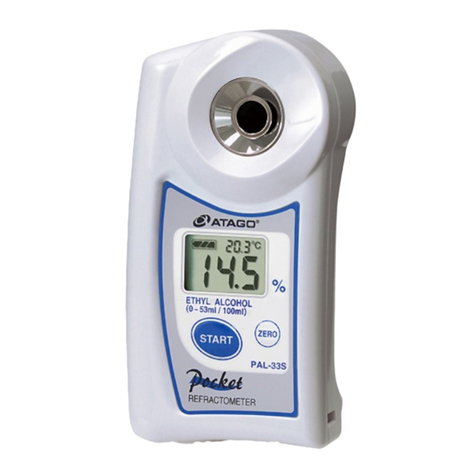
ATAGO
ATAGO PAL-33S User manual
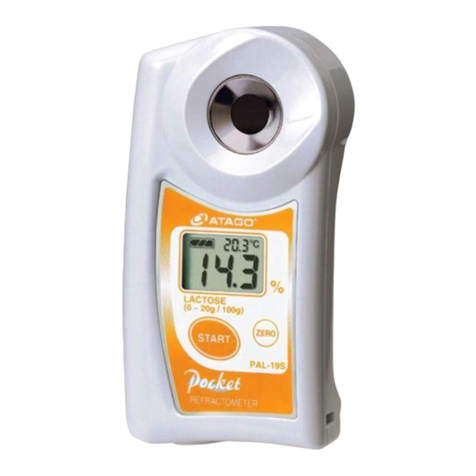
ATAGO
ATAGO PAL-19S User manual
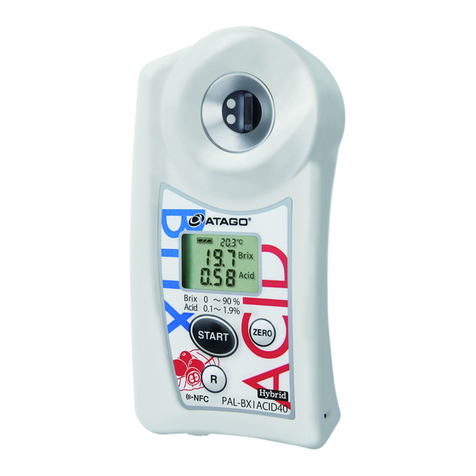
ATAGO
ATAGO PAL-Easy ACID40 User manual

ATAGO
ATAGO PAL-Tea BLT/i User manual
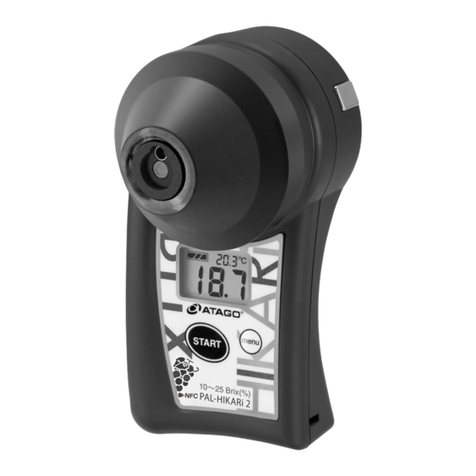
ATAGO
ATAGO PAL-HIKARi 2 User manual
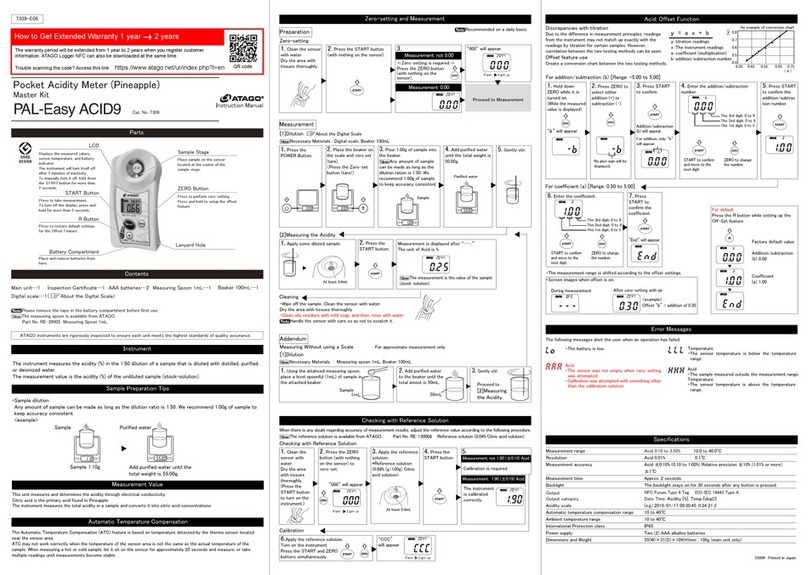
ATAGO
ATAGO PAL-Easy ACID9 User manual
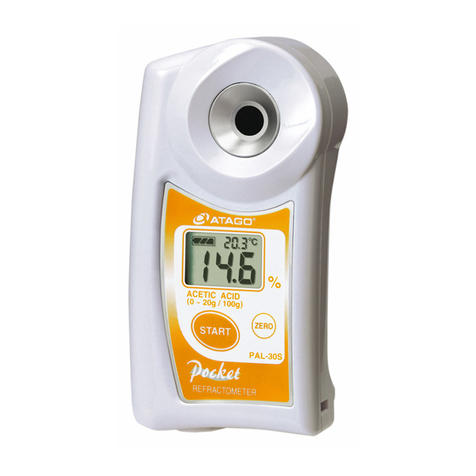
ATAGO
ATAGO PAL-30S User manual
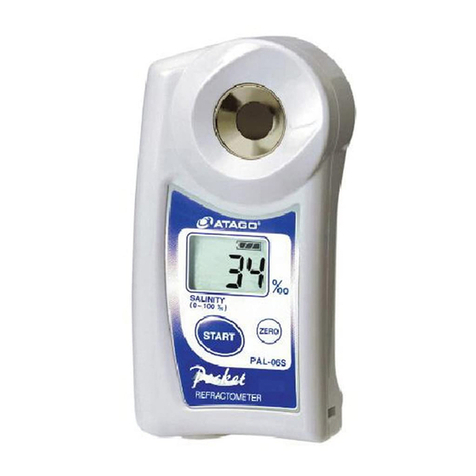
ATAGO
ATAGO PAL-07S User manual
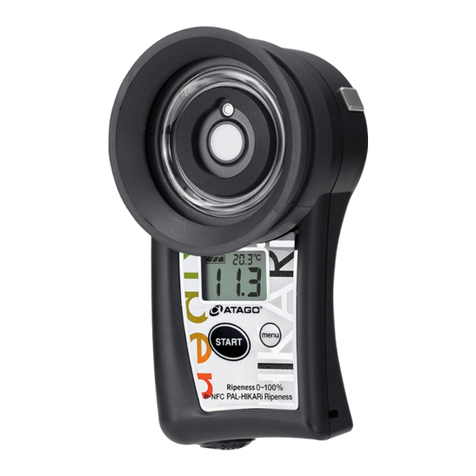
ATAGO
ATAGO PAL-HIKARi Ripeness User manual
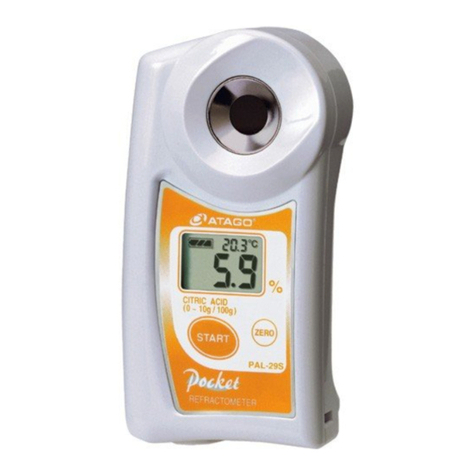
ATAGO
ATAGO PAL-29S User manual
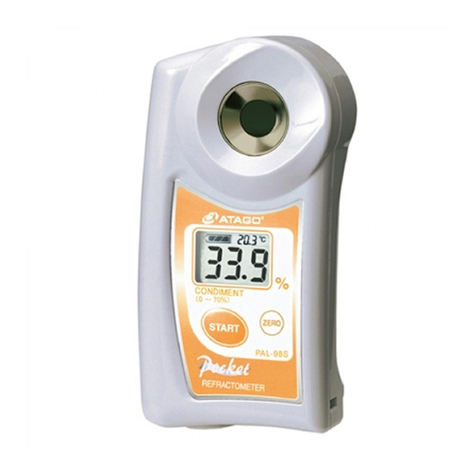
ATAGO
ATAGO PAL-98S User manual
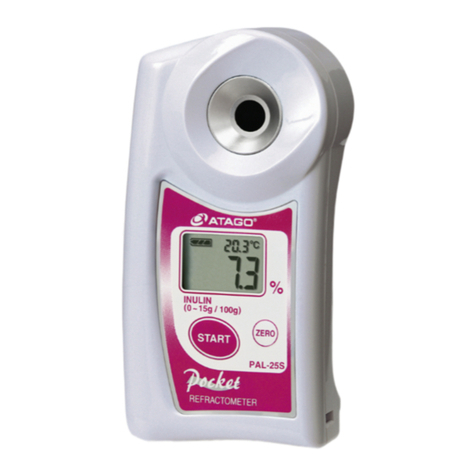
ATAGO
ATAGO PAL-25S User manual
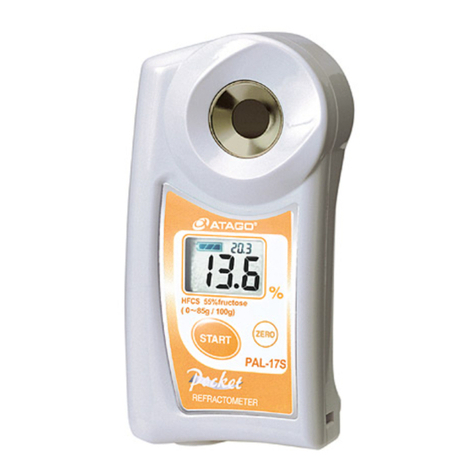
ATAGO
ATAGO PAL-17S User manual

ATAGO
ATAGO PAL-22S User manual
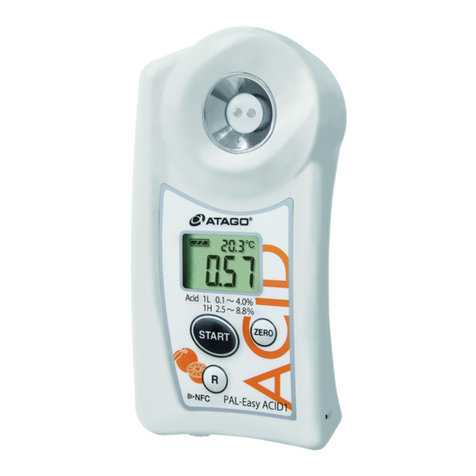
ATAGO
ATAGO PAL-Easy ACID1 User manual
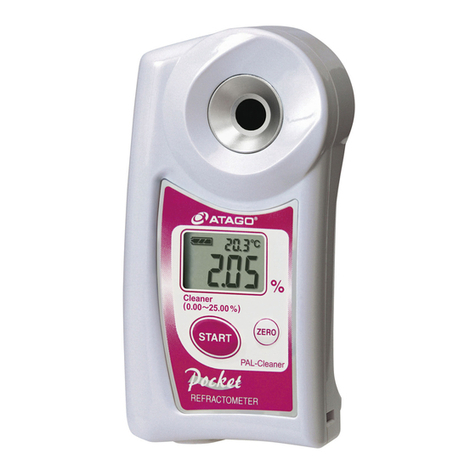
ATAGO
ATAGO PAL-Cleaner User manual
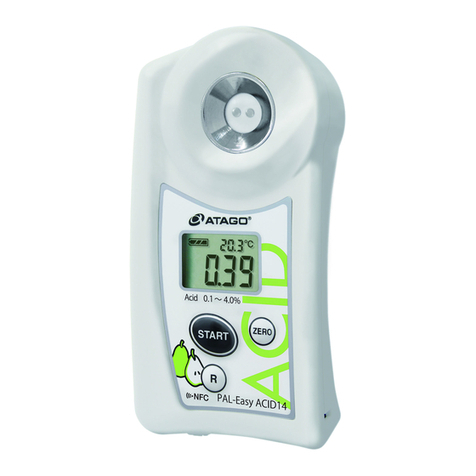
ATAGO
ATAGO PAL-Easy ACID14 User manual

ATAGO
ATAGO Pen - Urine S.G User manual
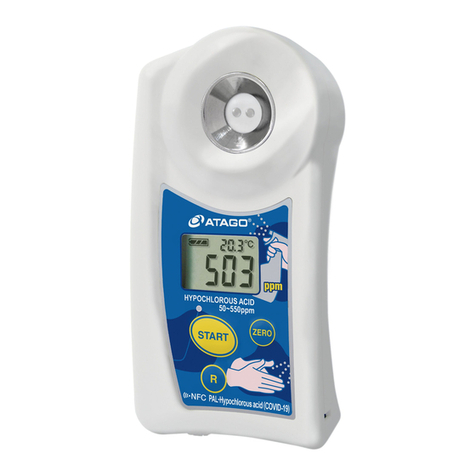
ATAGO
ATAGO 4555 User manual
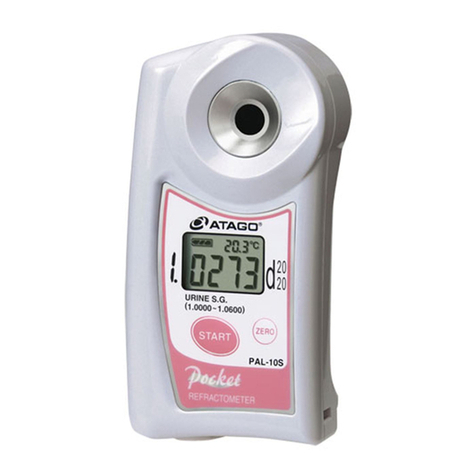
ATAGO
ATAGO PAL-10S User manual
Popular Measuring Instrument manuals by other brands

Powerfix Profi
Powerfix Profi 278296 Operation and safety notes

Test Equipment Depot
Test Equipment Depot GVT-427B user manual

Fieldpiece
Fieldpiece ACH Operator's manual

FLYSURFER
FLYSURFER VIRON3 user manual

GMW
GMW TG uni 1 operating manual

Downeaster
Downeaster Wind & Weather Medallion Series instruction manual

Hanna Instruments
Hanna Instruments HI96725C instruction manual

Nokeval
Nokeval KMR260 quick guide

HOKUYO AUTOMATIC
HOKUYO AUTOMATIC UBG-05LN instruction manual

Fluke
Fluke 96000 Series Operator's manual

Test Products International
Test Products International SP565 user manual

General Sleep
General Sleep Zmachine Insight+ DT-200 Service manual
